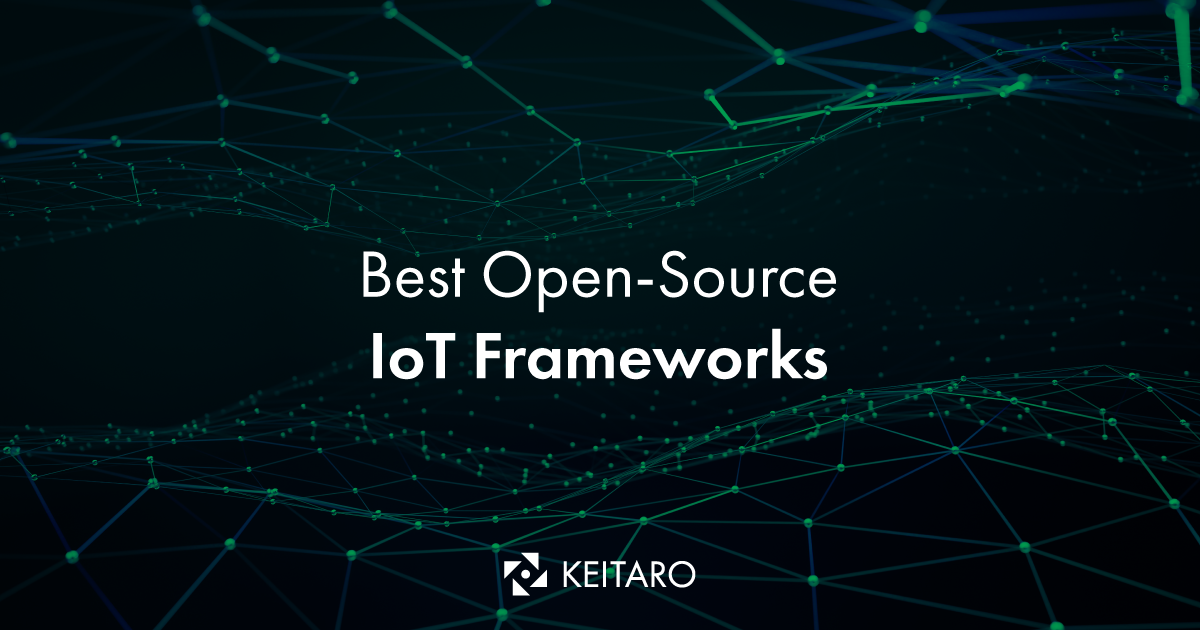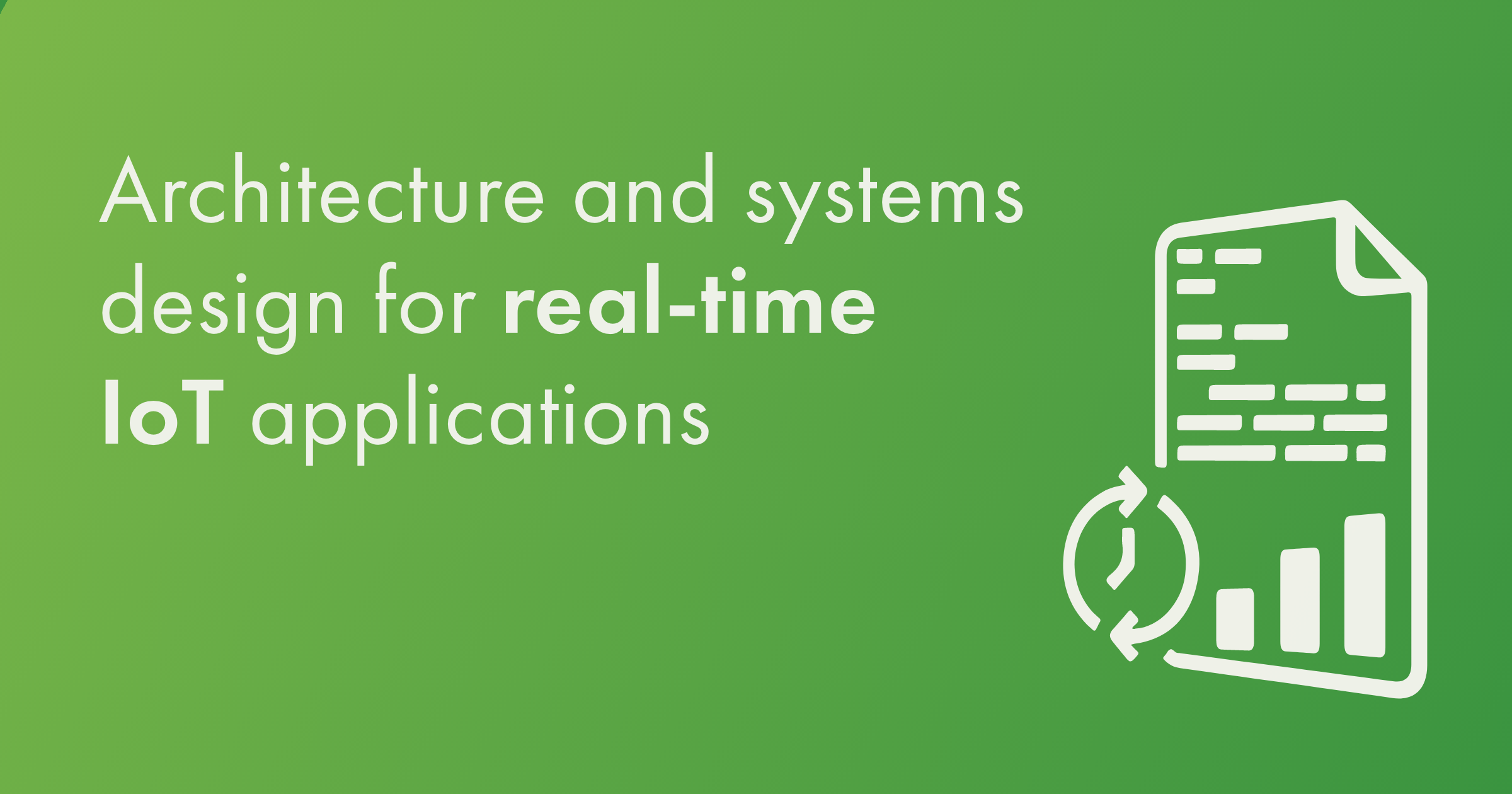IoT devices are becoming an integral part of organizations, homes, offices, factories, hospitals, and almost everywhere. The spending around IoT is expected to reach up to $1.1 trillion by 2023. Today there are billions of IoT devices that are using embedded systems, such as sensors, processors, communication hardware, and other equipment, to send, collect, and act on data without much human intervention. However, IoT is not a simple technology. It is an amalgam of different technologies that work together in harmony. IoT frameworks have a crucial role in the smooth operation of IoT devices. So, let’s explore more about IoT frameworks and list the best open-source IoT frameworks available today.
IoT Framework – A Quick Overview
When there are multiple devices that are generating data and sharing it, there should be a place where everything is gathered. This central place combines all the data and helps understand the generated data. This smooth generation and transmission of data over the internet between several connected devices is made possible by the IoT framework.
In simple words, the IoT framework is a framework that assists in the interaction of things (devices) over the internet. It links and manages devices, collects/analyzes data, handles communication protocols, and does much more.
Best Open-Source IoT Frameworks
Many open-source IoT frameworks are available today that gives users high flexibility and scalability, thereby making it easy to set up IoT devices with more control and ease. Here’s a look at some of the best open-source IoT frameworks:
DeviceHive is a popular open-source IoT framework that provides a wide range of integration options. It provides multi-platform libraries, control software, and a communication layer to bootstrap the development of IoT-based applications. Key features of DeviceHive are as follows:
1. DeviceHive
- Compatible with Java, Python, Node.js, iOS, Android, and other libraries.
- Usable with public, private, or hybrid cloud networking.
- Connects devices via HTTP, WebSockets, or MQTT.
- Offers few deployment options, i.e., Docker, Docker Compose, and Kubernetes.
- Provides rich support for big data analytics.
DeviceHive is a powerful and feature-rich open-source IoT framework licensed under Apache 2.0.
2. ThingSpeak
ThingSpeak is another open-source IoT framework that empowers users to combine, visualize, and analyze data in the cloud. Its collaboration with MathWorks allows data from numerous sensors to be visualized and analyzed from MATLAB. Users can easily set ThingSpeak to receive data, create instant visualization, and send alerts immediately. Key features of ThingSpeak are as follows:
- Live data visualization and analysis.
- Compatible with MATLAB, Arduino, Raspberry Pi, LoRaWAN, Senet, and similar others.
- Event-triggered alerts with the TimeControl function.
- Smooth data sharing to and from public and private channels.
ThingSpeak is an effective real-time data visualization and analysis tool that can perform seamlessly with numerous integrated sensors simultaneously.
3. Zetta
Zetta is a Node. js-based, API-first, and open-source platform for the IoT. Being an API-based platform, it allows to creation and use of APIs to do any activity, such as sending data to other platforms for analysis. It combines with WebSockets, reactive programming, and REST APIs to assist in assembling multiple devices into real-time, data-intensive applications. Key features of Zetta are as follows:
- Runs everywhere, including cloud, PCs, or single-board computers.
- Can turn any device into an API.
- Create geo-distributed networks by linking PCs, BeagleBones, and Raspberry Pis with cloud platforms, such as Heroku.
- Optimized to stream real-time, data-intensive applications.
- Supports almost all device protocols.
Overall, Zetta is an intelligent API-first platform for IoT.
4. Mainflux
Mainflux is an open-source, highly secure, scalable, and patent-free IoT cloud platform. It is used as a middleware in IoT for developing complex IoT solutions. It allows users, applications, and devices connections over several network protocols, such as WebSocket, HTTP, MQTT, and many more. Key features of Mainflux are as follows:
- Provides enhanced data security with scoped JWT and customizable API keys.
- Act as a middleware for data management and data aggregation.
- Connectivity of users and applications through WebSocket, HTTP, MQTT, and similar other protocols.-
- Provides seamless third-party integration with current enterprise systems.
Mainflux provides all the capabilities users need to develop IoT applications, IoT solutions, and smart connected products.
Wrapping Up
The popularity of IoT is showing no signs of dropping anytime soon. The IoT framework is a core part of a large IoT ecosystem. So, open-source IoT frameworks are highly beneficial for a scalable and flexible ecosystem. The above-listed open-source IoT frameworks are the best ones used across the globe. So, explore them more and pick the one that best fits your needs.

